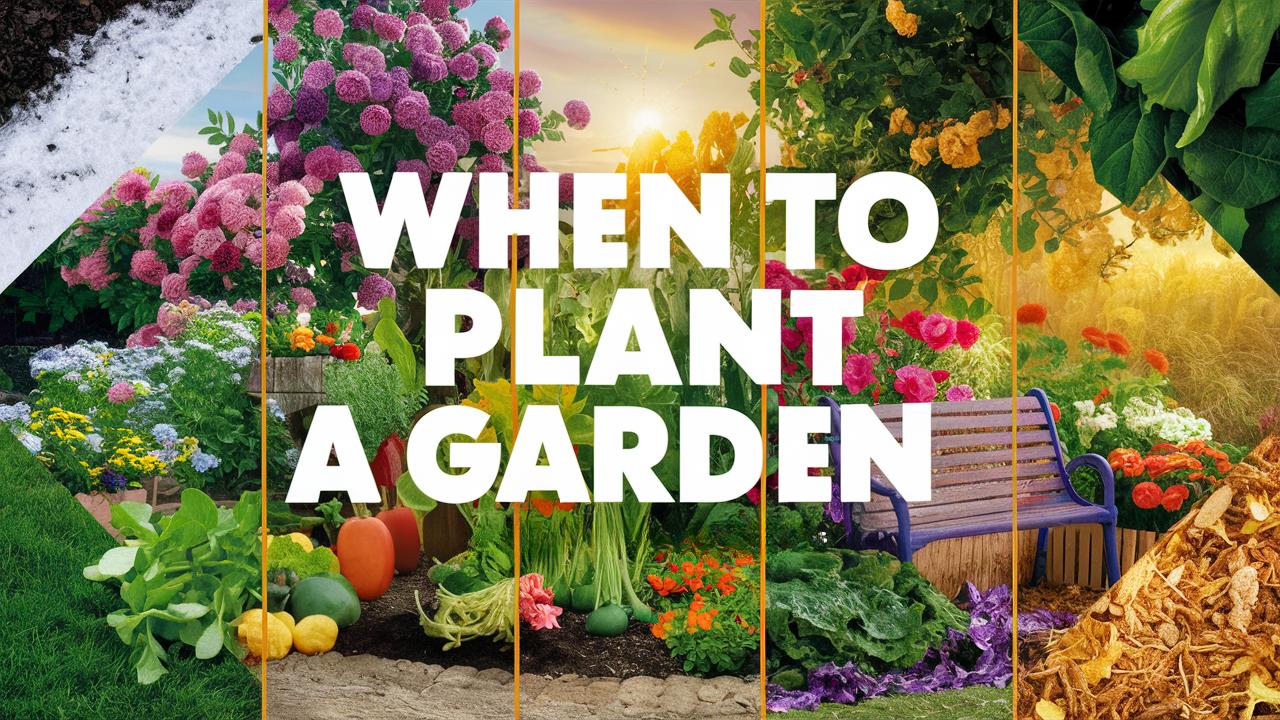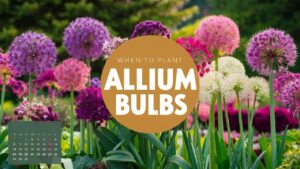Gardening is not merely a pastime; it’s a love language between humans and nature. Planting a garden can be a fulfilling and rewarding experience, but knowing when to sow the seeds or transplant seedlings can make or break your endeavor.
Here’s an in-depth exploration of the various factors that play into timing your gardening efforts, from the climate in your area to the specific needs of the plants you have your eye on.
Understanding Plant Hardiness Zones
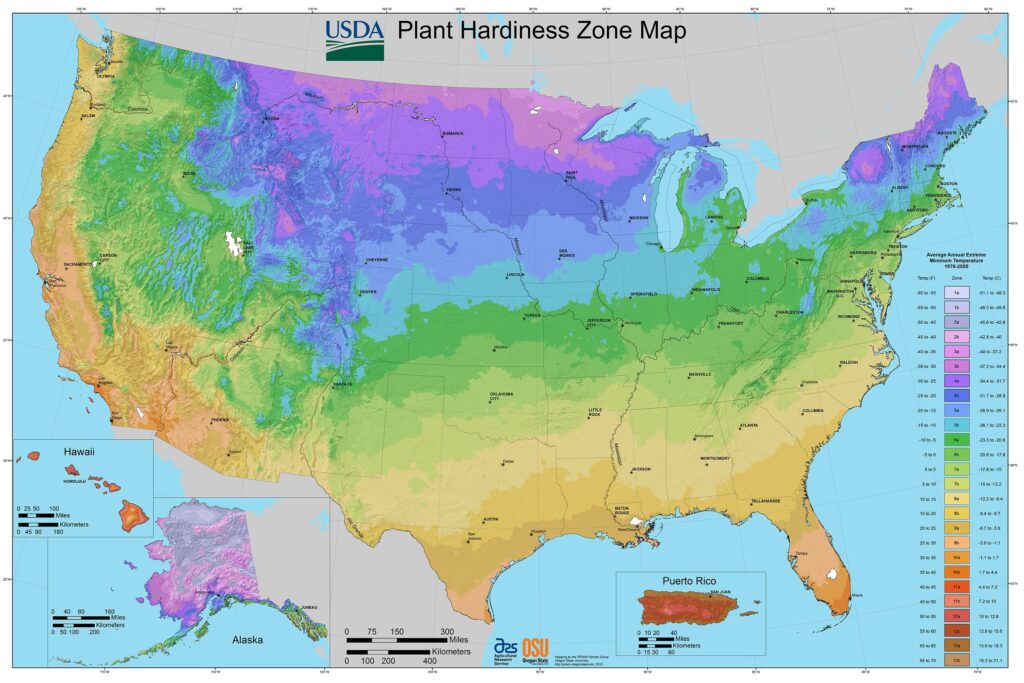
Before you can decide the optimal time to plant a garden, you need to familiarize yourself with your location’s plant hardiness zone. The USDA Plant Hardiness Zone Map is a valuable resource that classifies regions in terms of their climate, specifically in relation to the average annual minimum temperature.
Knowing your hardiness zone helps you choose the plants that are most likely to thrive in your environment. For example, if you live in a cooler zone like USDA Zone 3, you would select cold-hardy crops such as kale and carrots instead of more tropical plants like tomatoes or peppers, which thrive in warmer zones.
The Cycle of Seasons: Spring, Summer, Fall, and Winter
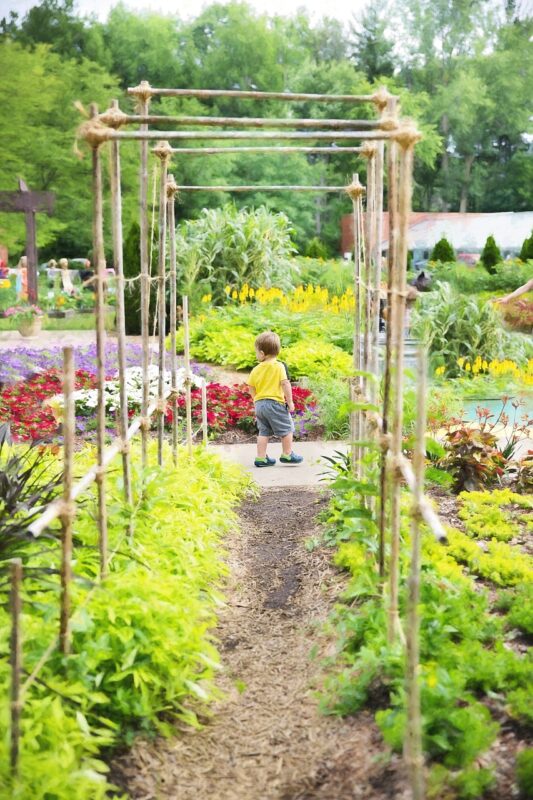
Gardening is an activity that maximizes the natural cycles of seasons. Each season offers different opportunities for planting, tending, and harvesting, and understanding these cycles can hone your gardening strategy:
Spring: The Season of Rebirth
Spring is the ultimate season for planting many types of gardens, particularly vegetables and flowers. The soil begins to warm up, and the days grow longer, providing ideal conditions for growth. Different plants have varying preferences for when they should be planted, often categorized into cold-season and warm-season crops.
Cold-Season Crops: Plant these when the soil temperature is between 40°F to 75°F. Examples include peas, spinach, and radishes. These plants can often withstand light frosts, making them perfect for early spring planting.
Warm-Season Crops: Wait until all danger of frost has passed, and soil temperatures reach at least 60°F. Examples include tomatoes, peppers, and corn. Late spring is usually the safest time to introduce these plants.
Summer: Mid-Season Adjustments
Though summer is typically viewed as a maintenance phase, it can also be a time for planting. Some crops, known as ‘succession crops,’ can be planted in early summer to ensure continued harvests. This technique maximizes your growing space and extends your gardening offerings.
Direct Sow: Varieties like beans, cucumbers, and squash can be directly sown into the ground, taking advantage of the warm soil to germinate quickly.
Fall-Bound Planning: Summer is also the time to think ahead to fall crops. Use this opportunity to plant cold-hardy vegetables that will be harvested in the cooler months.
Fall: A Time for Sowing and Preparation
Autumn may signal the conclusion of the gardening season for many, but it offers excellent opportunities for planting, particularly depending on your region.
Perennials and Bulbs: Many gardeners begin their fall planting in September and October, preparing for a beautiful spring bloom. Daffodils, tulips, and hyacinths planted in the fall will bloom in the spring.
Cover Crops: Consider planting cover crops like clover or vetch. These not only enrich the soil but also prevent erosion during the winter months.
Winter: Planning Ahead
Although direct planting isn’t possible for most regions in winter, it is a perfect time for planning. Utilize this period to research plant varieties, create garden layouts, and start seedlings indoors.
Indoor Seed Starting: If you have a sunny windowsill, this is when you could start planting seeds for your warm-season garden. By starting your tomatoes and peppers indoors, they will be big enough to transfer outside once frost danger has passed, giving you a head start on the season.
Climate and Local Conditions Matter
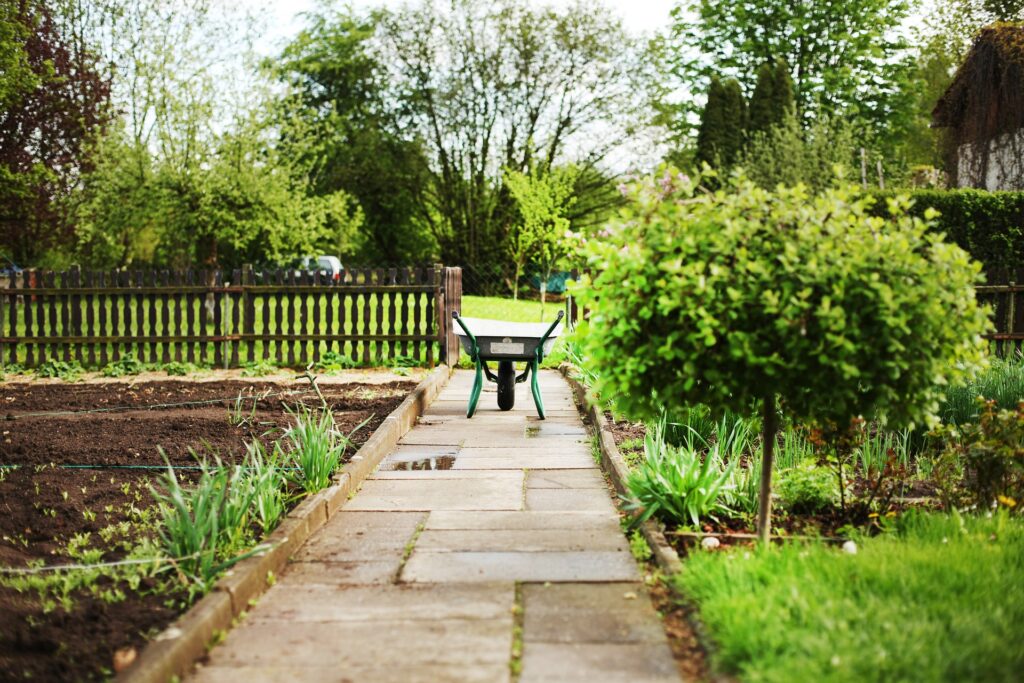
While the hardiness zone provides a solid framework, local climate conditions and microclimates can significantly influence when to plant your garden. Factors such as elevation, humidity, rainfall patterns, and wind can lead to variances even within the same zone.
Elevation Effects
In mountainous areas or hilly landscapes, temperatures can fluctuate drastically with elevation. Gardeners in elevated regions may experience shorter growing seasons, which necessitates a careful selection of fast-growing or cold-hardy crops.
Local Weather Patterns
Understanding local weather nuances can play a crucial role as well. For instance, if your area tends to have late spring frosts, it’s prudent to wait a couple of weeks after the last frost date to plant your warm-season crops. Alternatively, a warm microclimate by your home might allow you to plant a bit earlier.
The Role of Frost Dates
Frost dates are pivotal for timing your planting. The average last frost date in spring and first frost date in fall mark the critical windows for planting tender plants.
Finding Frost Dates
Many gardening resources offer charts detailing the average frost dates based on location. Make a note of these dates, but remember they can shift yearly.
Planning Around Frost
Keep in mind that plants should usually be in the ground a few weeks before the last expected frost date if you’re sowing seeds outdoors. For easier management, consider using protective row covers or cloches at night if a surprise frost is forecast.
Seed Germination and Seedlings

Different seeds germinate at varying rates, impacting your overall garden timeline. Familiarizing yourself with these rates will help you plant at optimal times.
Understanding Germination Times
Most seed packets provide information on the average time taken for germination, ranging from just a few days for fast-growing species like radishes to several weeks for others like peppers.
Babying Your Seedlings
Once your seeds germinate, understanding when to transplant seedlings as the garden grows is critical. Be mindful of the seedlings’ size, age, and the outside temperatures. Generally, seedlings should have at least two true leaves before transferring them outside.
Understanding Planting Techniques
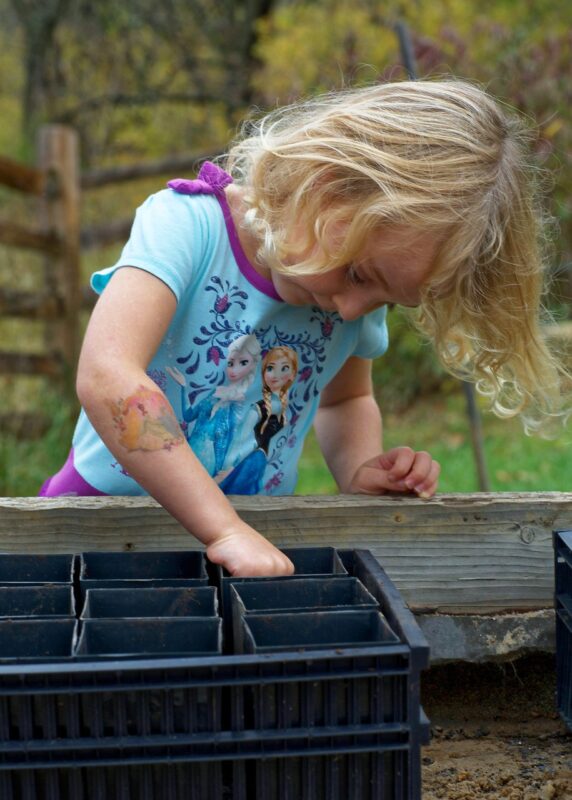
Aside from knowing what to plant and when, mastering various planting techniques can fine-tune your planting schedule.
Direct Seeding vs. Transplanting
Some plants thrive when directly sown into the soil, while others benefit from being transplanted. Knowing which method to choose is crucial.
Direct Seeding: Vegetables like peas and carrots prefer direct seeding due to their sensitivity to root disturbance.
Transplanting: Plants such as tomatoes and peppers flourish better when started indoors and transplanted later, as this allows for better control over initial growing conditions.
Companion Planting
The timing with which you plant companion plants can affect pest management and overall yield. By planting synergistic plants close together, you can create a healthier ecosystem in your garden, potentially ripening your crops sooner.
Conclusion: The Art of Timing Your Garden
Timing is an essential component of gardening success. By understanding plant hardiness zones, seasonal cycles, climate specifics, frost dates, germination times, and various planting techniques, you can nurture a thriving garden that yields bountiful rewards.


